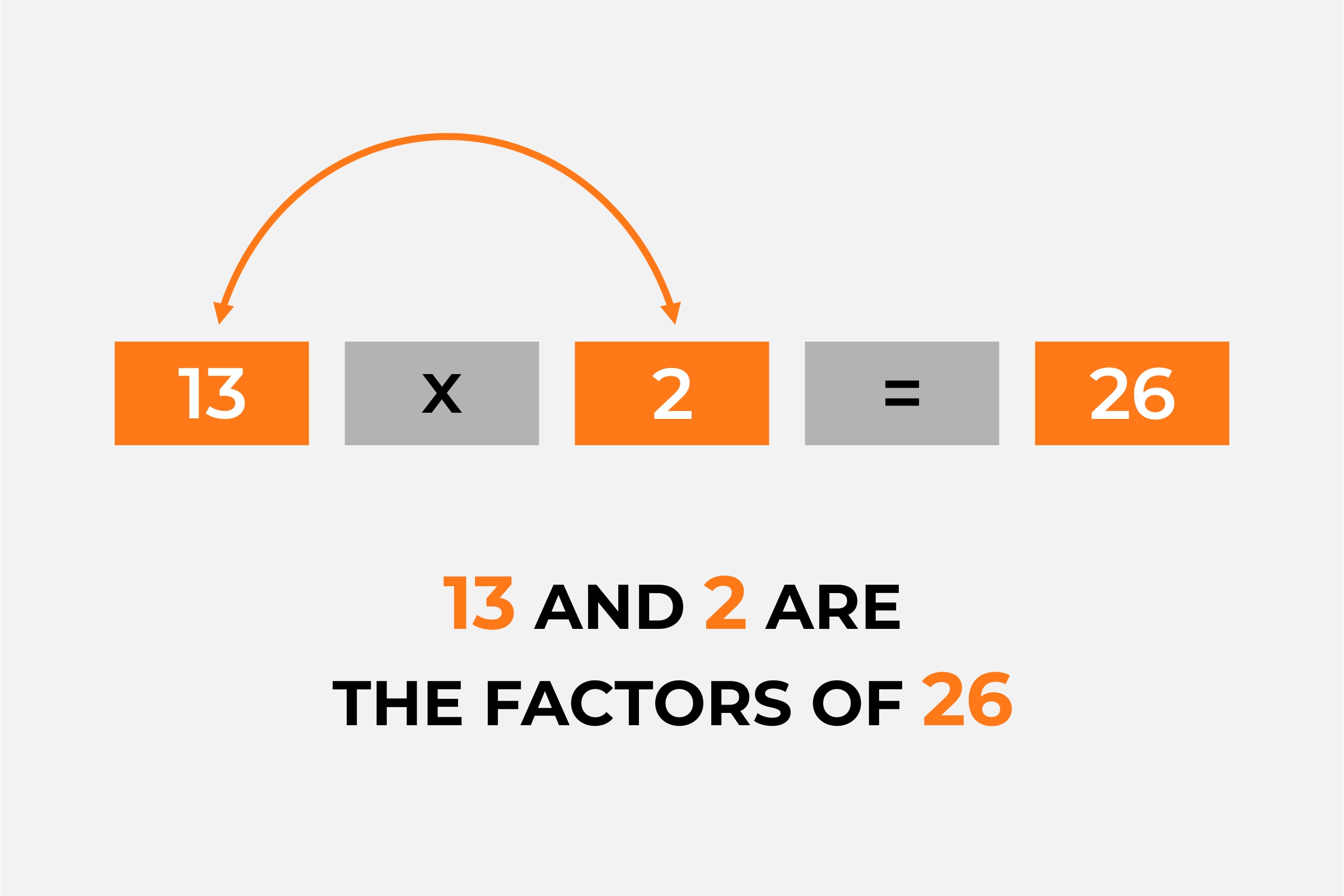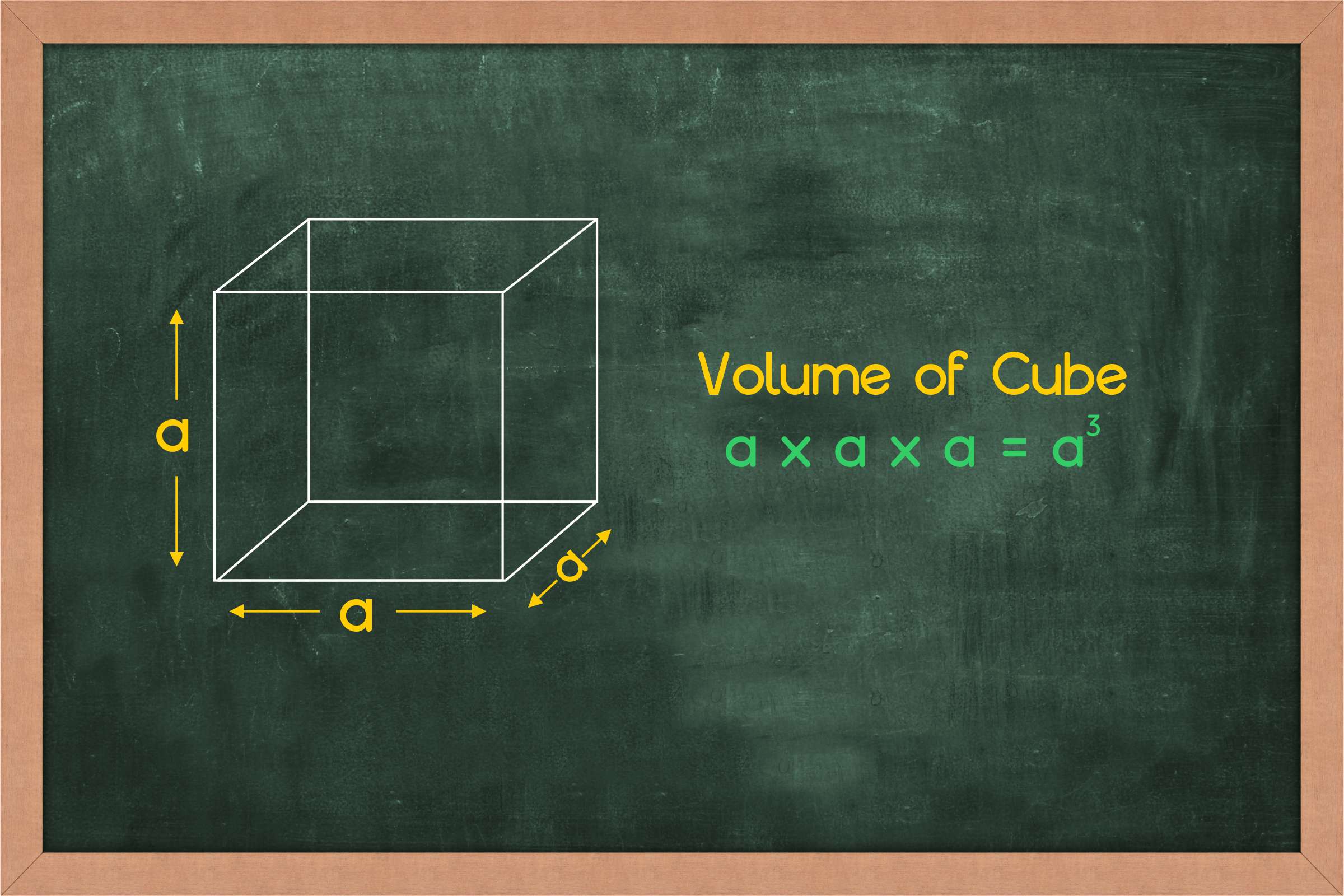Enrich your knowledge with our informative blogs
What does * mean in math?

‘*’ is known as star or asterisk. It is an arithmetic operator meaning multiplication or multiply. The result of applying this operator (multiplication) on two numbers gives a product. The two values that are multiplied are called multiplicand and multiplier. These numbers are also called factors of the product.
For example:
a * b = c;
Here, ‘a’ is the multiplicand and ‘b’ is the multiplier and ‘c’ is known as the product.
‘a’ and ‘b’ are also known as factors of ‘c’.
a * b is also read as ‘a’ times ‘b’ or ‘a’ multiplied by ‘b’ or ‘a’ into ‘b’.
Ways to represent multiplication
There are three ways by which you can represent multiplication.
- a * b
- a x b
- a . b
In computer and coding languages, using the operator ‘x’ could be confusing with the letter ‘x’ of the alphabet. So, here asterisk (‘*’) is used to represent multiplication. There is a reason behind that. Historically the character set in the computing languages was small such as ASCII, which lacked multiplication sign. Though other signs like ‘+’ and ‘-‘were present. But, every keyboard had ‘*’ and ‘.’ symbols present which later on became the multiplication sign for the computers.
‘x’ or ‘*’? Which is better?
In higher classes, when algebra is introduced ‘x’ stands for variable values as well. It may be confusing to use ‘x’ as multiplication symbol as well as ‘x’ as a variable. To keep this confusion at bay, we prefer ‘*’ asterisk.
What is multiplication?
Multiplication means adding a number repetitively till a given number of times.
m * n = n + n + ….. + n (m times)
Let’s understand this with a problem:
Problem 5 * 13 = ?
This means that we need to add 13 five times, or it is same as 13 + 13 + 13 + 13 + 13 = 65.
Doing a ‘ * ‘ is a quick way of performing addition.
Let’s understand some basic rules on ‘*’
- Any number when multiplied by zero, the product turns out to be zero. When any of the multiplicand and multiplier turns out to be zero, the output is zero.
For example: 0 * 89 = 0
- Any number when multiplied by 1 gives the number itself.
For example: 89 * 1 = 1
- The answer (product) of two numbers remains the same irrespective of the order they appear in the expression.
For example: 89 * 12 is same as 12 * 89
- When a number is multiplied by any multiple of 10, the product is the same number with number of zeros from the multiple of 10 appended to it.
For example: 200 * 100 =? Here there are two zeros in 100, these zeros get appended to 200 which becomes the product.
So, 200 * 100 = 20000
- If a number is multiplied by 2, it means the number is getting doubled.
For example: 45 * 2 = 90
Read More – Mathematics Questions
View More – Useful links for Your Child’s Development

Unleash the Power of visualization to break tough concepts
Wanna be the next Maths wizard? Discover the new way of learning concepts with real-life Visualization techniques and instant doubt resolutions.
Categories
Recent Posts
- List of the qualities you should look for in your tutors?
- What is the most useful formulas in math?
- Describe the process of eating to defecation of food?
- Difference between the natural and artificial active response by the immunology system.
- Explain the different circle theorems
- How are nerve cells adapted to their function?










